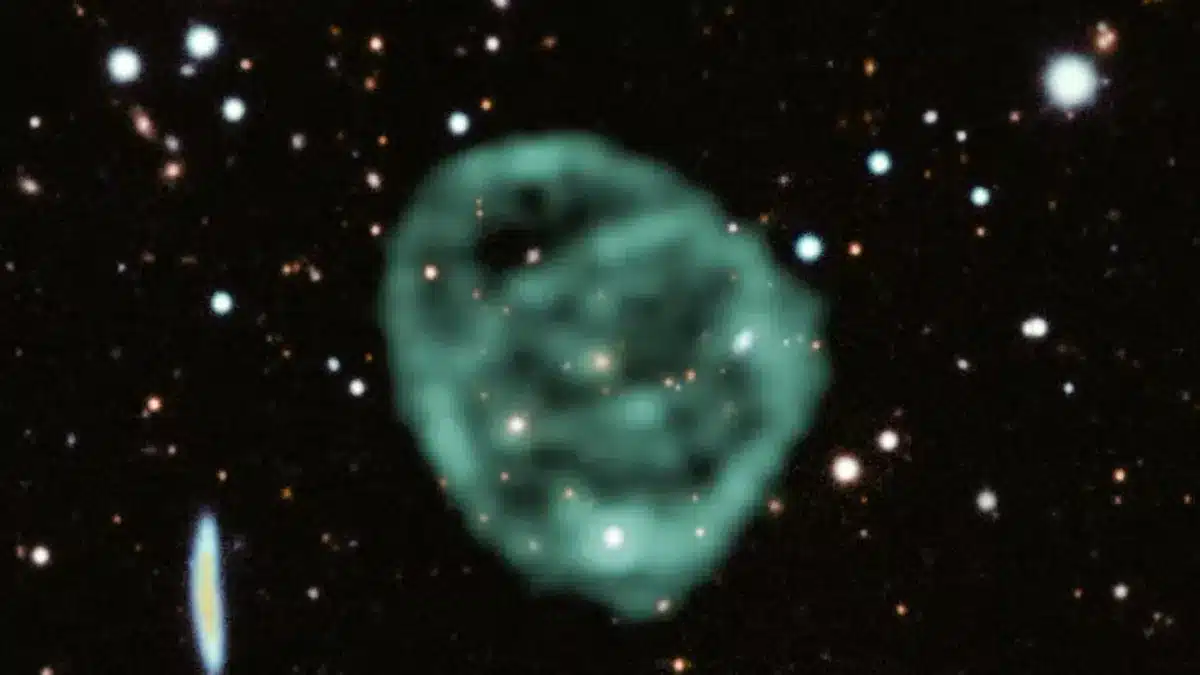In November 2022, astronomers noticed something unusual: a “strange radio ring” near the galactic center of the Milky Way. Using one of the world’s most powerful radio telescopes, MeerKAT in South Africa, they were able to detect a ring that glowed where it shouldn’t have been. Scientists believe that the radio ring is caused by a massive star, from whose surface the stellar wind blows from the outer layers.
For the first time, mysterious cosmic circles – glowing rings were discovered with the help of the Australian Square Kilometre Array Pathfinder (ASKAP) telescope in 2019. Later, researchers concluded that they are related to a new type of astronomical objects called Odd Radio Circles (ORCs), that is, “strange radio circles”.
It is noteworthy that “strange radio circles” are not visible in the X-ray, infrared or optical ranges and are found in regions with high galactic latitudes. This means that they are either inside our Galaxy or outside it. It is believed that “strange radio rings” are the result of matter being ejected from nearby galaxies after the merger of supermassive black holes or supernova explosions. However, the exact cause of their origin is unknown.
The glowing object discovered near the center of the Milky Way was named J1802-3353 or Kýklos (translated from Greek as “circle”). It is very different from what was observed before. Firstly, this object is thin and inhomogeneous, and secondly, it is almost a perfect circle.
According to researchers, Kýklos is a completely unknown structure produced by a large and unstable star, specifically a Wolf-Rayet star. Such stars are very hot and rare in the observable universe. They also have a bright luminosity and shed their outer shells due to strong stellar winds.
“Based on the limited data available, the morphological and spectral properties of J1802-3353 appear consistent with those of a Wolf-Rayet star,” said the authors of the study, which has been accepted for publication in the journal Astronomy & Astrophysics.
But so far no Wolf-Rayet stars have been detected in the J1802-3353 radio ring, so the next step will be to work with the James Webb Space Telescope. Researchers hope that data obtained with its help will help unravel the mystery of a strange object shining near the center of our Galaxy.













